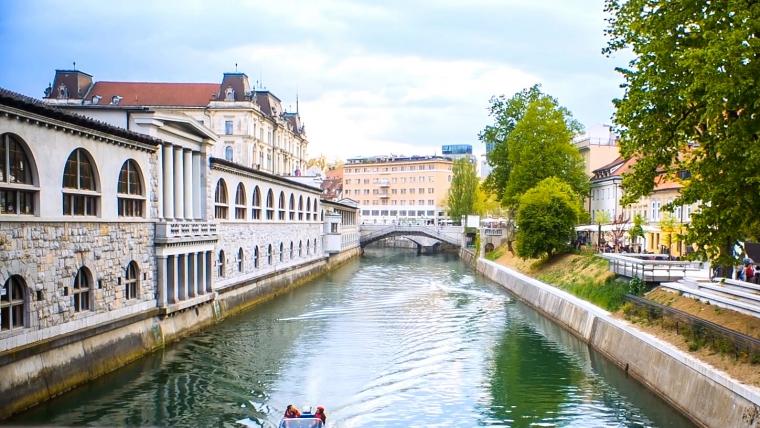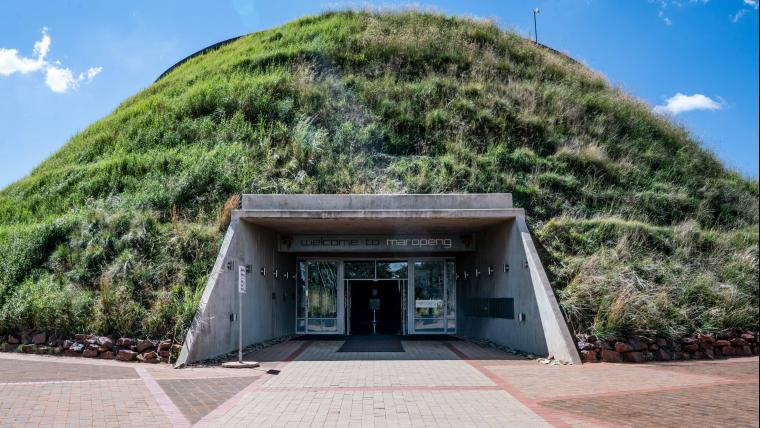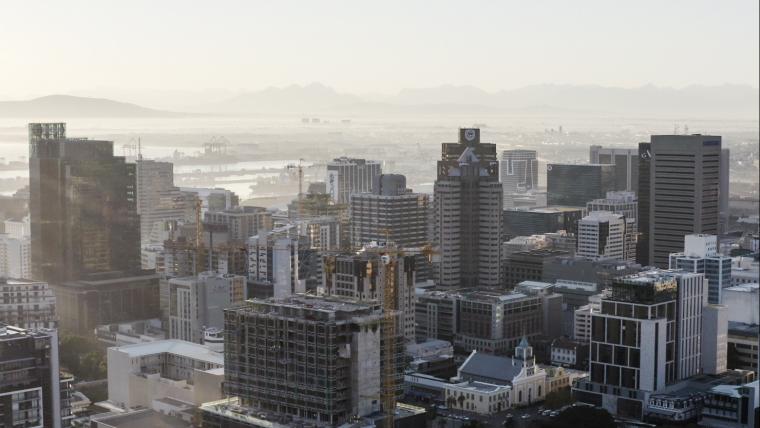
Closing the gap between medieval and modern in the dragon city
In the capital of Slovenia, medieval and modern converge at the Ljubljanica River. A short walk across one of the city’s numerous bridges will close the gap between centuries ago and the contemporary bustle. While jet skiers perform flips in the water and street art spreads across the walls, Ljubljana’s ancient castle continues to watch over the city’s changes.
The Ljubljana Castle was originally constructed as a fortress and has been rebuilt over the centuries. Tours through it today are anything but antiquated, and an escape game based in the building provides an exciting way to delve into Ljubljana’s history. The area was established in the first century as a small, Roman encampment called Emona. In the hundreds of years since it has had multiple leaders, falling under the rule of monarchs like the Habsburgs in the middle ages. More recently, Ljubljana formed part of Yugoslavia until achieving independence in 1991.
At Metelkova, former military barracks have been transformed into an alternative artistic centre, featuring some of Ljubljana’s best nightlife and live performances. Although it might seem like another world, these trendy influences are just a stroll away from the city’s Old Town. Easily accessible by one of the 17 bridges in the city, each has its own identity, and many are works of art themselves.
The Triple Bridge is one of the most iconic in Ljubljana. It was designed by Jože Plečnik, an influential architect of the 20th century who was responsible for many of Ljubljana’s famous buildings. Along Butcher’s Bridge, the sound of metal clanking is no cause for concern – it’s not the bridge creaking, but the jangling of thousands of locks placed on the railings by lovers to commemorate their dedication to one another. Two minutes away, the Dragon Bridge is guarded by 20 creatures, consisting of 16 griffins and four dragons, a tribute to the association of Ljubljana with the beasts. According to legend, a dragon was killed by Greek hero Jason on the marshes here, leading to it being known as the dragon city.
Ljubljana is small in comparison to some of the world’s major capitals, with only 280 000 residents. But don’t mistake its size for lack – this city has a wealth of fascinating contradictions amid its archaic air. It’s impossible not to get swept up in the feeling of travelling in time.






























Please sign in to leave a comment